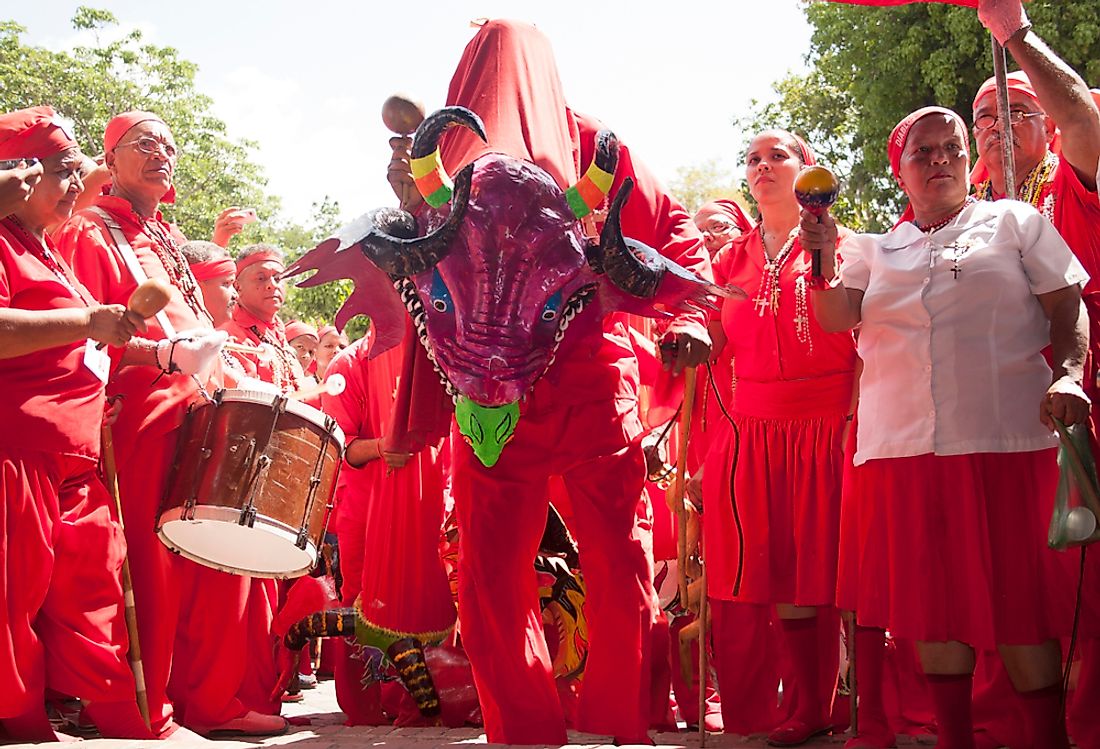Ethnic Groups In Venezuela

Venezuela is officially known as the Bolivarian Republic of Venezuela. It is a federal republic located on the northern coast of South America. It borders three mainland countries and two islands, which include Colombia to the west, Guyana to the east, Brazil to the south, and the islands of Trinidad and Tobago to the northwest. It has an area coverage of 353,841 square miles with an estimated population of 31 million. Caracas city is the capital and the largest city in the country. Its official language is Spanish aside from other native languages and is predominantly the Roman Catholic. It is a multiethnic community and here are the groups in detail.
ETHNIC COMMUNITIES IN VENEZUELA.
Mestizo
Mestizo Venezuelans are Venezuelan people who are of a combination of European, Amerindian, and African ancestries, regardless of where they were born. They form the major part of the country’s population at 51.6%. The term was widely used as an ethical category in the Casta system used during the Spanish colonial period for control of their new world’s colonies. Studies conducted show approximately 57 % of the Mestizos possess European characteristics while 28.5% possess African characteristics, only 14.2% exhibits Amerindian characteristics.
White Venezuelans
These are Venezuelan people of predominately European descent. These people self-identify themselves as to having heritage from the European ethnic groups. The term majorly involves the physical aspect of an individual such as the light skin, shape, color of hair, and much more. They form the second largest ethnic group in the country forming 43.6% of the entire population. A study was conducted, and it showed that 61.5% of their gene pool has the European origin.
Black Venezuelans
They are also known as Afro-Venezuelans, and these are Venezuelans of African descent, many hailing from slaves brought into South American during the Atlantic slave trade era. They represent approximately 3.5% of the total population of the country. In the 16th Century, slaves were brought to work in the copper mines, fishing, pearl mining, and small-scale farming. This trade increased in the 18th Century but the afro-Venezuelans played a major role in the struggle for independence hence the abolition of the slave trade. Their religious practices have been adapted to the Catholic religion
Indigenous Venezuelan
These are the Native Americans who form approximately 2.5% of the country’s entire population. A higher percentage of the total population of the native Venezuelan’s are located in the southern Amazon rainforest, and in the Andes of the western state of Zulia. They are at least 26 indigenous groups in Venezuela such as the Baniwa people. It has been stated clearly how many people lived in the country before colonization, but the number reduced drastically after the spread of new diseases from Europe.
Other Groups
Other smaller ethnic groups found in Venezuela make up the remaining 1.2% of the country’s total population. These groups are the Arab and the Middle Easterner Venezuelans, and the Asian Venezuelans. The Arab Venezuelans were settled after their immigration in the 19th and 20th Centuries, and are mainly located in the important urban areas. The Asian Venezuelans migrated from China, India, Japan, and Korea in early 1800.
Ethnic Groups In Venezuela
| Rank | Ethnic Group | Share of Venezuelan Population |
|---|---|---|
| 1 | Mestizo | 50.3% |
| 2 | White (European Ancestry) | 42.5% |
| 3 | Black (African Ancestry) | 3.5% |
| 4 | Indigenous Venezuelan (Native American) | 2.5% |
| Other Groups | 1.2% |











